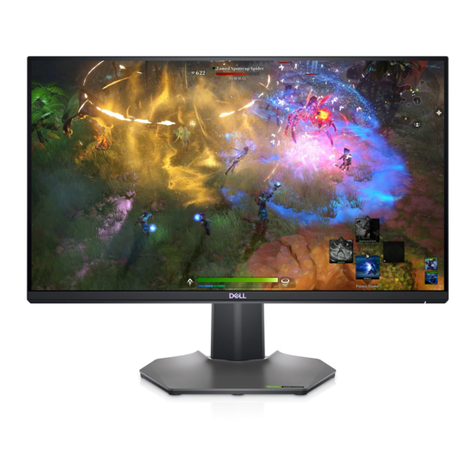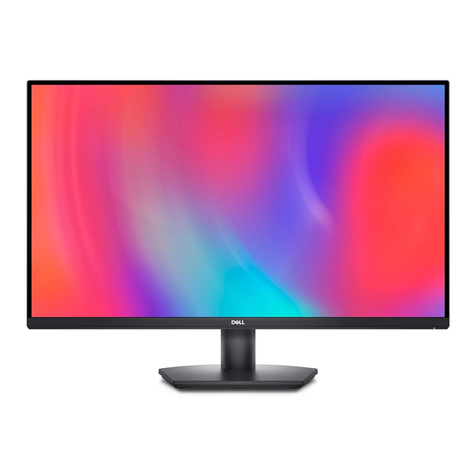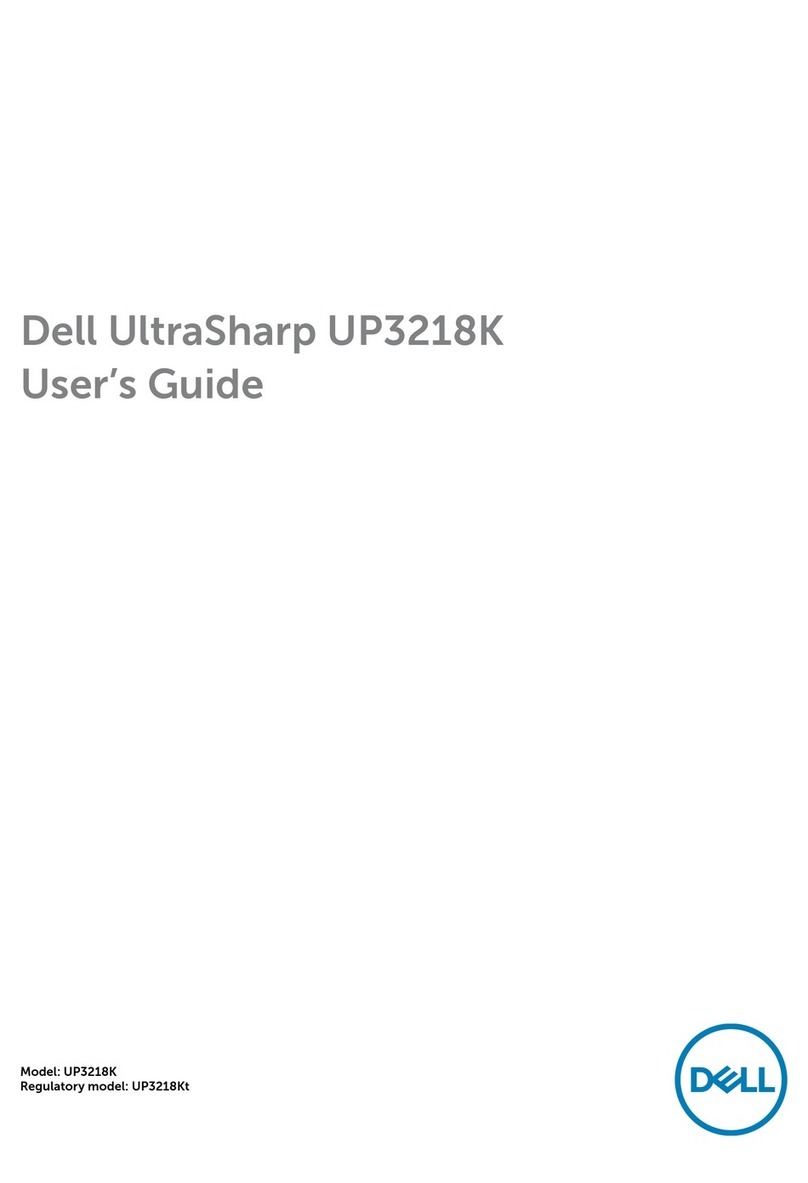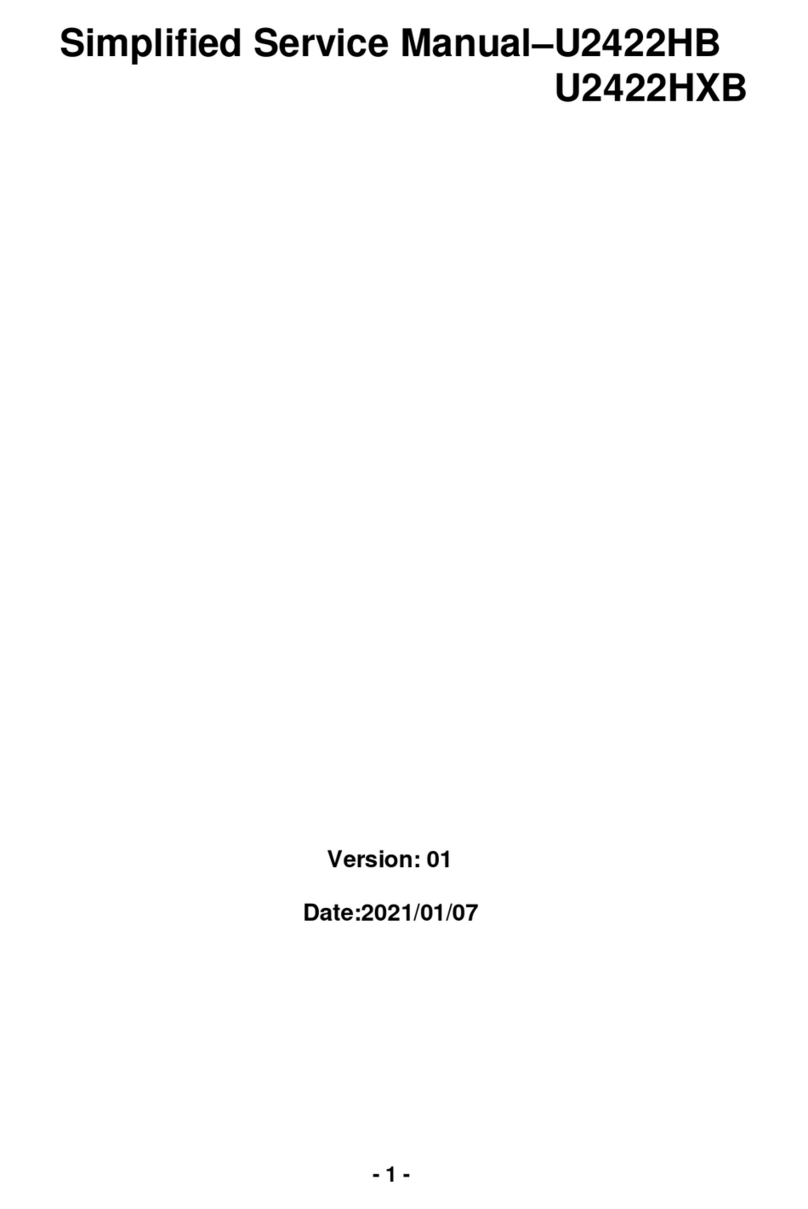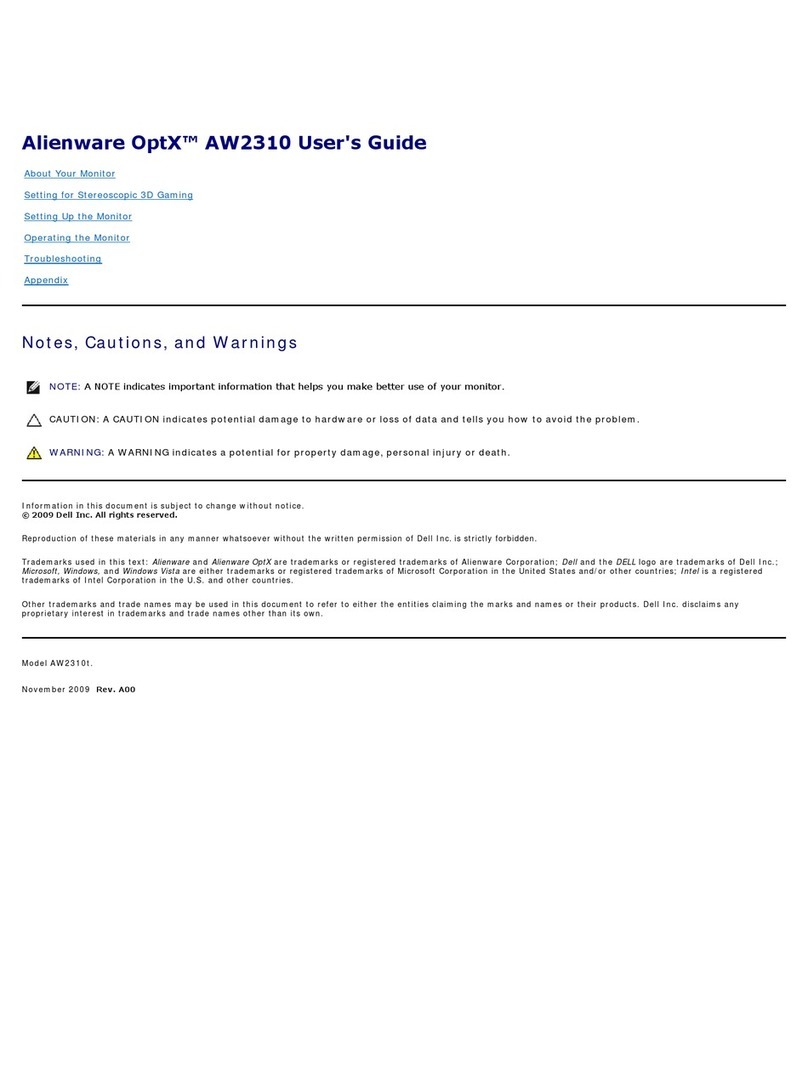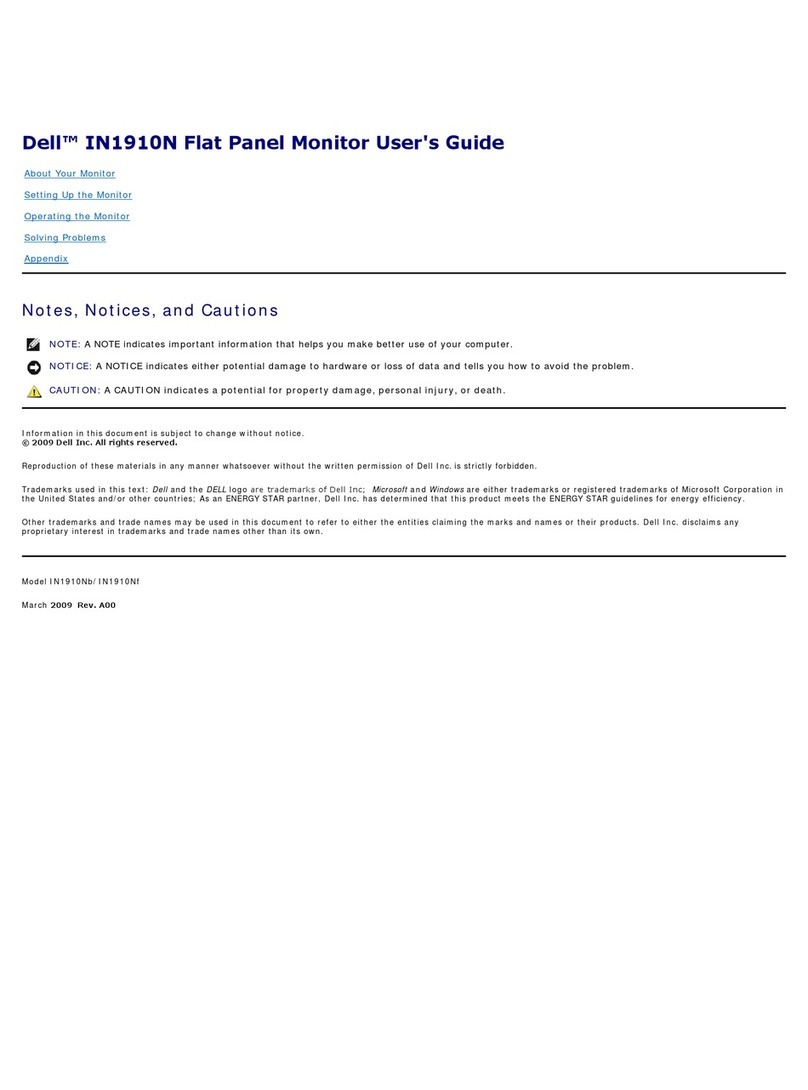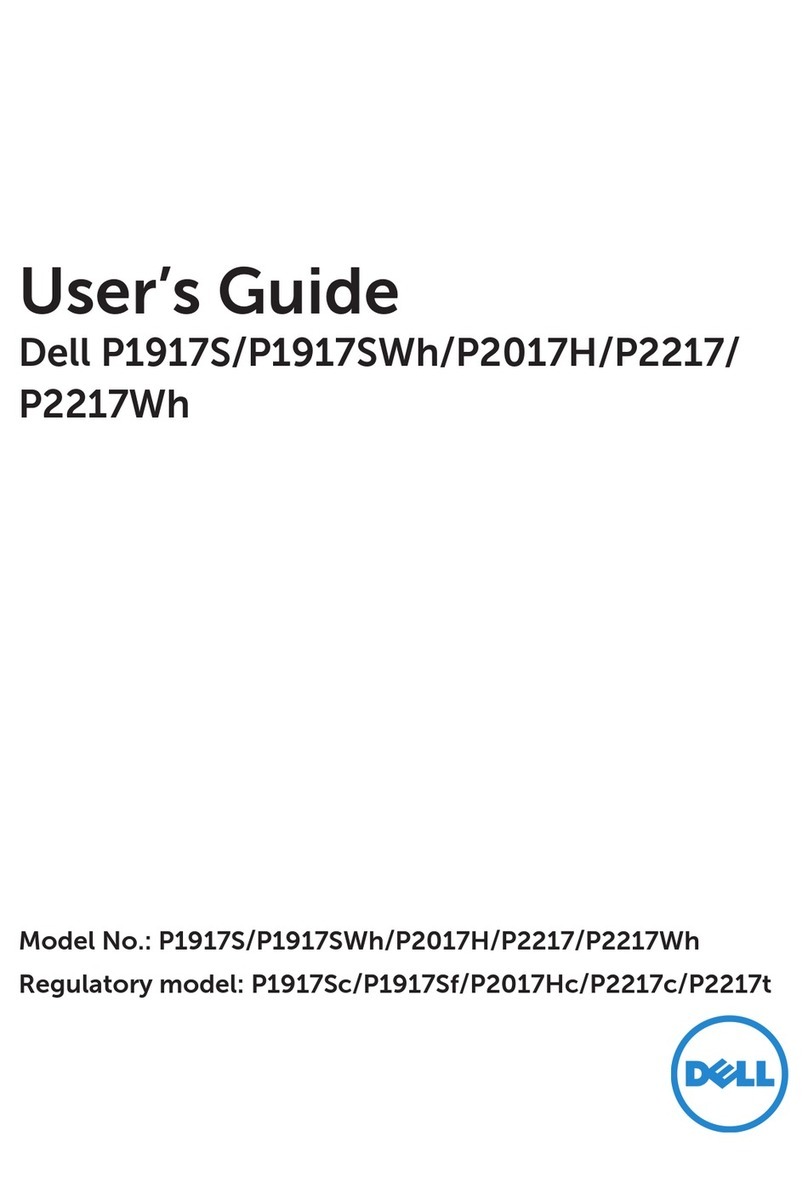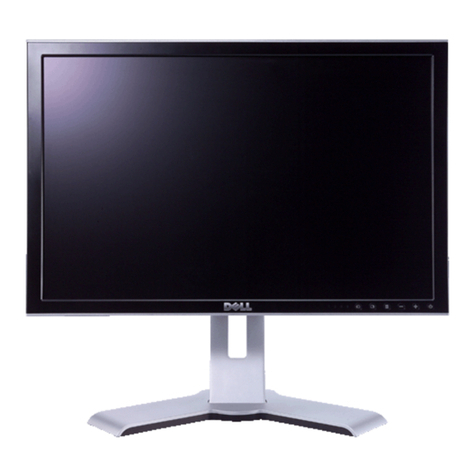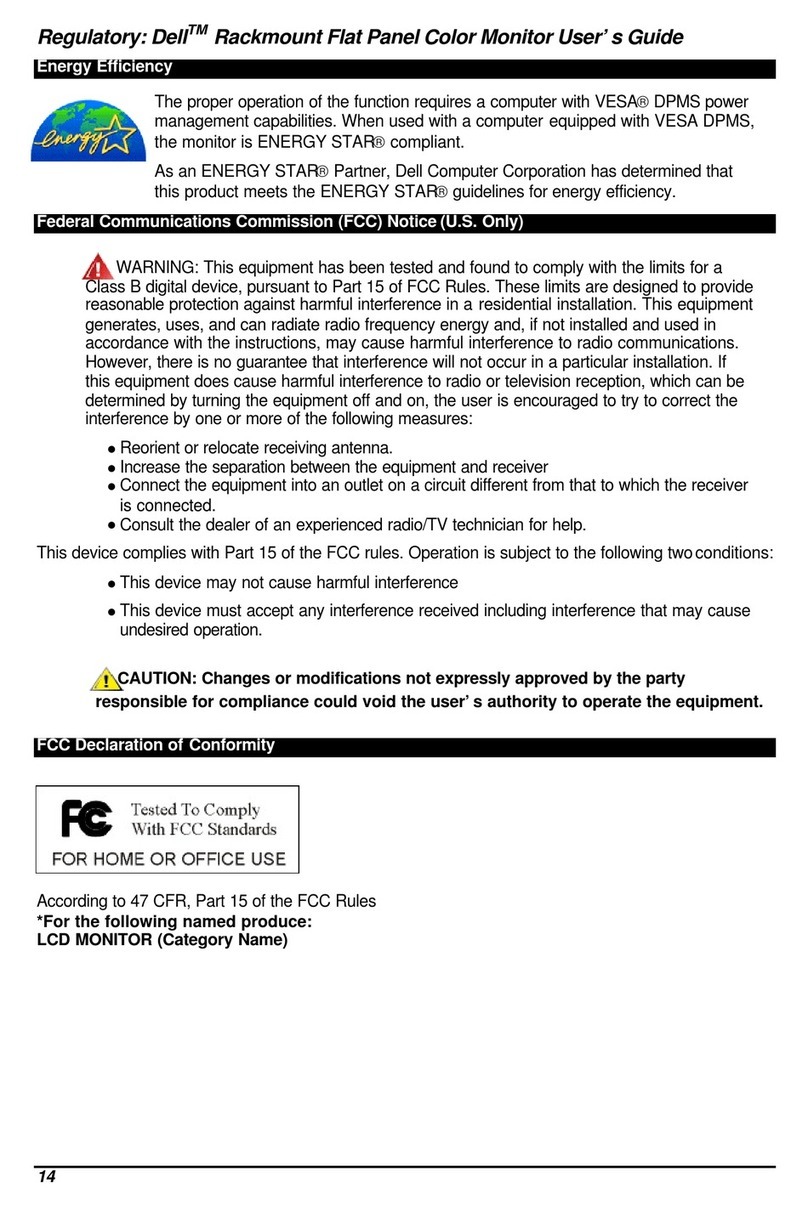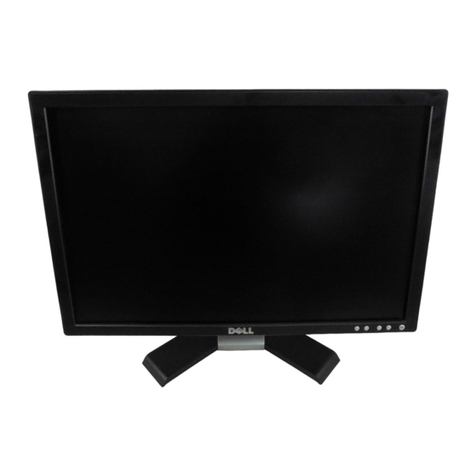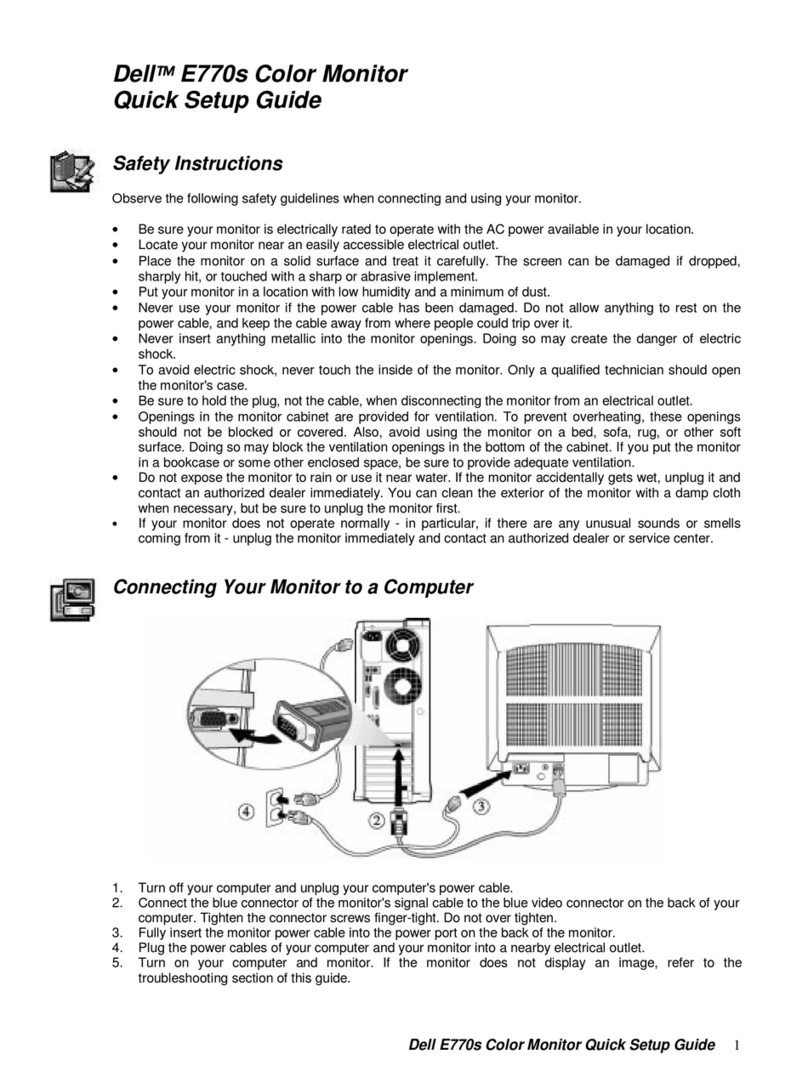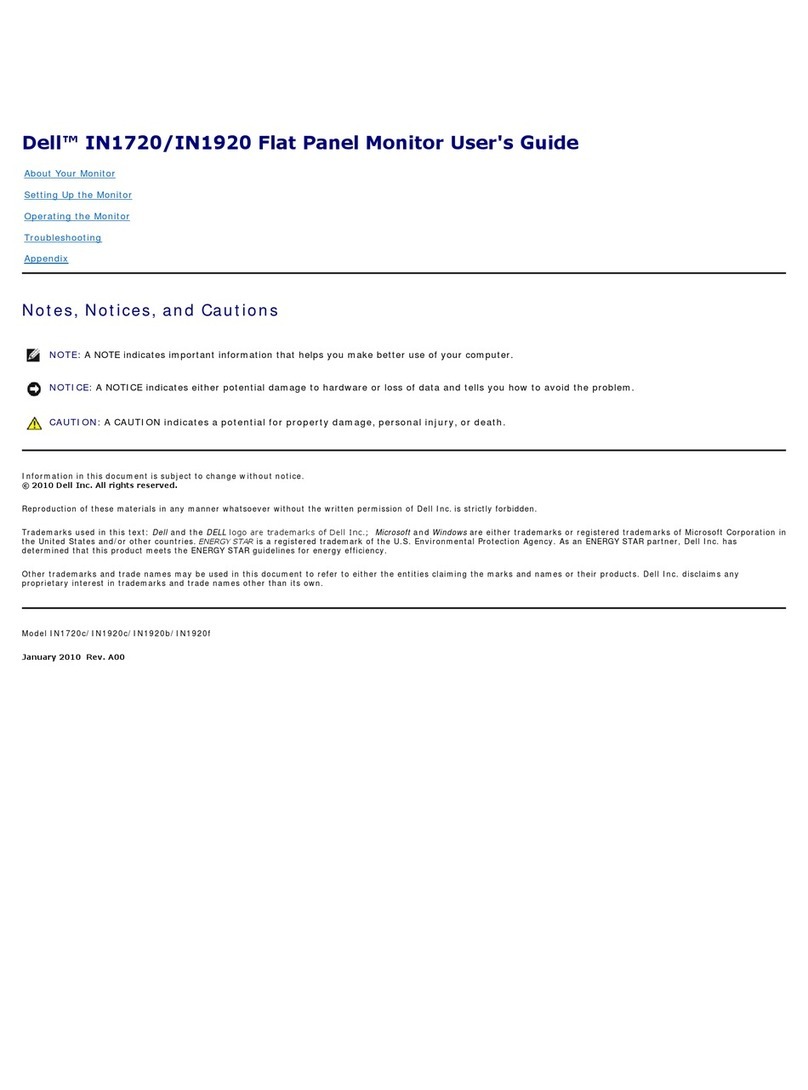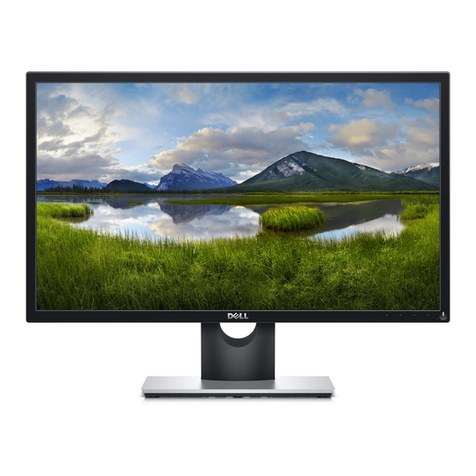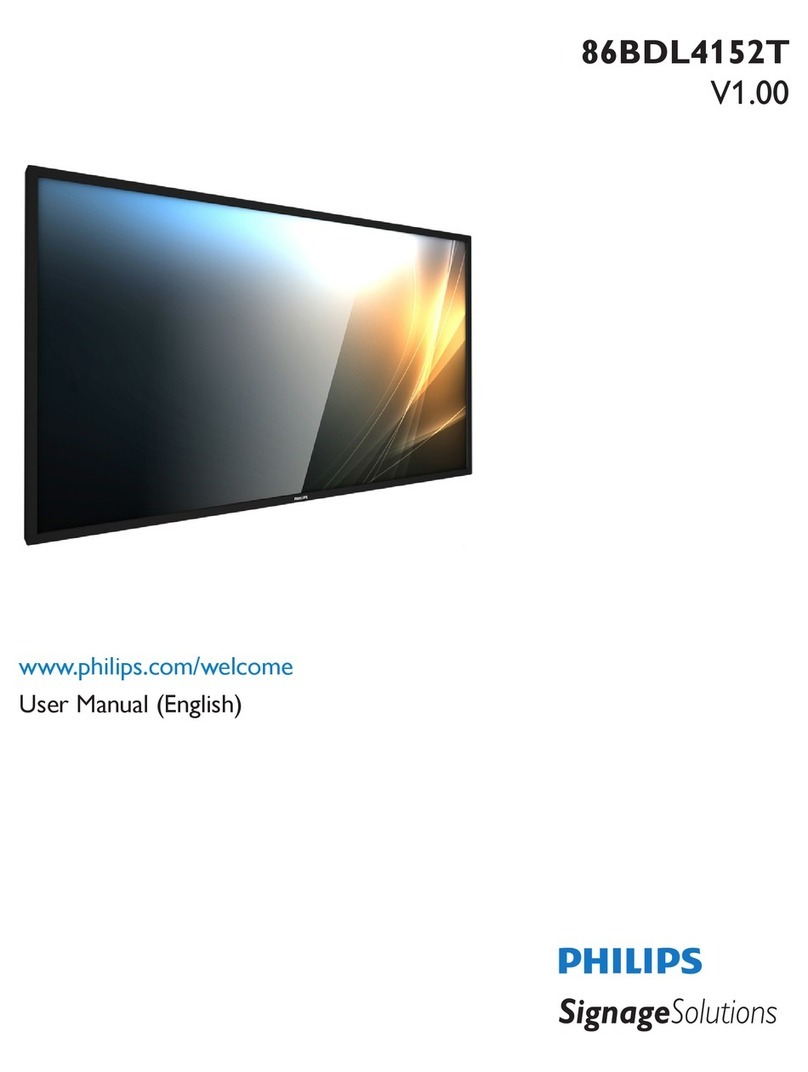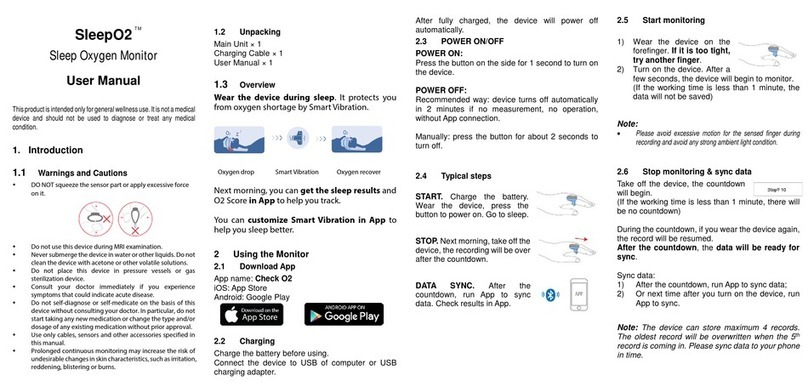Service Manual
2
Table of Contents
CHAPTER 1- PRECAUTIONS & SAFETY NOTICES.....................................................................................................................0
H3
1. SAFETY PRECAUTIONS .................................................................................................................................................... 1
H3
2. PRODUCT SAFETY NOTICE.............................................................................................................................................. 2
H3
3. SERVICE NOTES.................................................................................................................................................................. 3
H3
CHAPTER 2- SERVICE TOOLS & EQUIPMENT REQUIRED .....................................................................................................4
H4
CHAPTER 3- CIRCUIT THEORY ......................................................................................................................................................5
H5
1. BLOCK DIAGRAM ................................................................................................................................................................... 6
H5
2. ELECTRONIC CIRCUIT THEORY ............................................................................................................................................... 7
H5
3. FACTORY PRESET TIMING TABLE ................................................................................................................................ 8
H11
4. POWER ON/OFF SEQUENCY .................................................................................................................................................. 9
H11
5. D-SUB CONNECTOR PIN ASSIGNMENT................................................................................................................................. 12
6. AC OUTLET PIN ASSIGNMENT .............................................................................................................................................. 12
7. INNER CONNECTOR PIN ASSIGNMENT................................................................................................................................... 10
H13
8. KEY PARTS PIN ASSIGNMENTS .............................................................................................................................................. 14
CHAPTER 4- DISASSEMBLY &ASSEMBLY.................................................................................................................................11
H18
1. EXPLODED DIAGRAM ........................................................................................................................................................... 12
H18
2. E190SF DISASSEMBLY BLOCK.............................................................................................................................................. 19
3. ASSEMBLY BLOCK ................................................................................................................................................................ 20
CHAPTER 5- TESTAND ADJUSTMENT........................................................................................................................................ 21
1. FUNCTION KEY DEFINITIONS ................................................................................................................................................ 13
H21
2. OSD CONTROL ...................................................................................................................................錯誤!尚未定義書籤。
3. FACTORY MODE INTRODUCTION........................................................................................................................................... 14
H22
4. BURN-IN PATTERN................................................................................................................................................................. 15
H22
5. AUTO COLOR BALANCE (AUTOMATICALLY CALIBRATE CHIP ADC PARAMETER BY USING CHIP INTERNAL DAC.)................ 16
H22
6. EDID (REWRITE EDID DATA TO EEPROM).........................................................................................................................17
H23
7. UPLOAD FIRMWARE TO MCU VIA VGA CABLE .................................................................................................................... 18
H23
8. AFTER REPAIR,TO ENSURE THE QUALITY YOU SHOULD DO THE FOLLOWING TEST AND ADJUSTMENT. ................................... 19
H25
CHAPTER 6- TROUBLE SHOOTING..............................................................................................................................................20
H25
1. COMMON ACKNOWLEDGE .................................................................................................................................................... 21
H25
2. NO POWER &POWER LED OFF............................................................................................................................................ 22
H26
3. POWER LED AMBER............................................................................................................................................................. 23
H26
4. BACKLIGHT CAN’T BE TURNED ON ........................................................................................................................................ 27
5. NO PICTURE &BACKLIGHT ON ............................................................................................................................................. 24
H29
6. AT 32-GRAY SCALE PATTERN,COLOR LOST IN SOME SCALE ................................................................................................... 29
7. DIAGNOSTIC TEST PAT T E R N .................................................................................................................................................. 29
CHAPTER 7- RECOMMENDED PART LIST ................................................................................................................................. 32
ATTACHMENT 1- BILLOF MATERIAL......................................................................................................................................... 25
H34
ATTACHMENT 2- SCHEMATIC.......................................................................................................................................................26
H44
ATTACHMENT 3- PCB LAYOUT..................................................................................................................................................... 54


